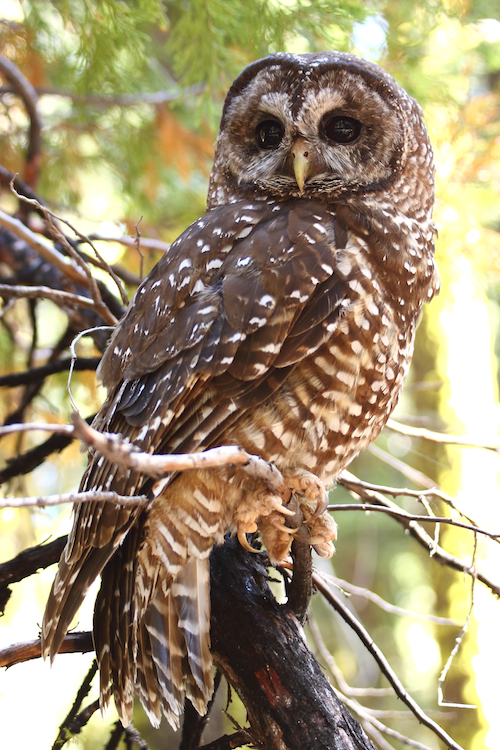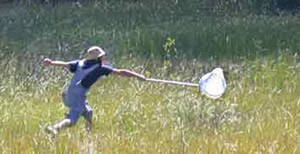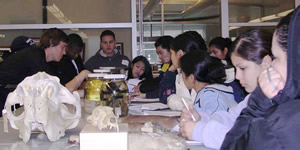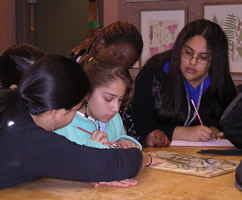Berkeley Natural History Museums

The Berkeley Natural History Museums (BNHM) are internationally recognized laboratories for analysis of the evolution of biological diversity in response to environmental change. They have grown out of a strong tradition of collection in paleontology (UC Museum of Paleontology), botany (University & Jepson Herbaria and UC Botanical Garden), entomology (Essig Museum), vertebrate zoology (Museum of Vertebrate Zoology), and anthropology (Hearst Museum of Anthropology).
Areas of research
Evolution of biodiversity - Combining species discovery, phylogenetic and biogeographic analyses, BNHM faculty and students test hypotheses about what generates diversity, from genes and individuals through species to communities. With a strong focus on biodiversity hotspots, California landscapes, and the tropics, the results identify strategies for improving conservation by focusing on the processes, as well as products of evolution.
Climate change - BNHM researchers use uniquely detailed historical datasets to identify responses to past climate change, from geological to recent timescales. Understanding how species responds to climate change, both prehistorically and in the modern anthropocene, is critical to understanding and facing the challenges of our future. Read more about the Grinnell Resurvey Project.

Informatics pipelines to biodiversity data - The BNHM collectively aim to make their global archive of biodiversity and human culture as accessible to research, education and conservation as possible, which includes rescuing and revealing hidden data in field stations and museum collections through informatic pipelines and portals. Collectively, the sister museums have digitized and aggregated the biological, cultural and environmental data in many portals and online services. Read more on the Holos project website, originally funded by the Keck Foundation, where various web services share the digitized previously 'dark' data to a diversity of global portals. Innovators in informatics, the BNHM continue to lead in collection management systems and sharing high quality data.
Education
 The BNHM provide numerous research opportunities for undergraduates students receiving training in specimen preparation, curation, molecular labs, and organismic evolution. The BNHM also provides a rich environment for graduate education and postdoctoral research. BNHM has hosted over 30 Miller awardees (both postdocs and visiting professors) as well as recipients of the UC Berkeley's presidential fellowship.
The BNHM provide numerous research opportunities for undergraduates students receiving training in specimen preparation, curation, molecular labs, and organismic evolution. The BNHM also provides a rich environment for graduate education and postdoctoral research. BNHM has hosted over 30 Miller awardees (both postdocs and visiting professors) as well as recipients of the UC Berkeley's presidential fellowship.
The BNHM faculty teach many UC Berkeley courses in the sciences including a team-taught course in natural history museums (recently taught as ESPM/IB 105) where students gain an understanding of both curation and research at the BNHM.
Online services that BNHM supports further our educational reach with highly used sites such as Understanding Evolution, Understanding Science, Understanding Global Change, and AmphibiaWeb, which are used regularly by students in K-12 and universities around the world.
Outreach
 Each BNHM sister museum offer research seminars, public events, workshops, and educational opportunities.
Each BNHM sister museum offer research seminars, public events, workshops, and educational opportunities.
These include:
The BNHM is a regular and popular presence on Cal Day, with numerous displays and activities held in the Valley Life Sciences Building and its courtyard, with themes changing yearly.
The BNHM participates in Science at Cal and its mission of advancing public understanding of science. Meet and engage with BNHM scientists at Science at Cal events and talks such as Science on Solano or Grounds for Science. Check their listings or request one!
Member Museums
